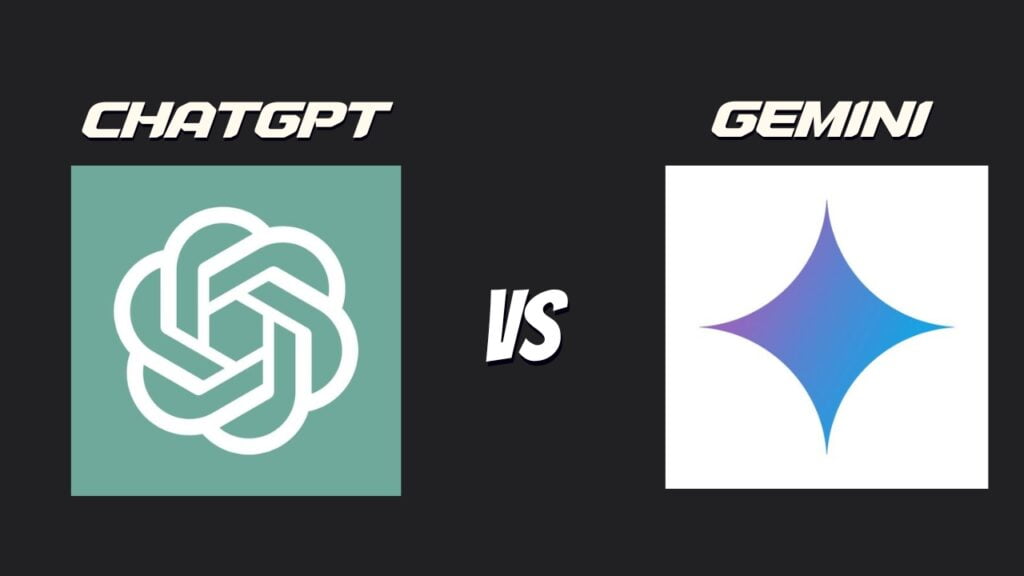In the rapidly evolving landscape of cyberspace, staying ahead of cybersecurity threats is paramount for individuals and organizations alike. With each passing year, new technologies emerge, bringing both opportunities and challenges.
As we delve into 2024, it's crucial to understand the prevailing trends and best practices in cybersecurity to fortify defenses and mitigate risks effectively.
Page Contents
Top 7 Cybersecurity Trends and Practices in 2024

In 2024, cybersecurity threats are evolving with increased sophistication, particularly in AI-driven attacks and ransomware-as-a-service operations.
Supply chain vulnerabilities are also on the rise, demanding fortified defenses.
Key practices include implementing a zero-trust architecture, prioritizing cybersecurity awareness, and fostering collaboration for effective threat mitigation.
1. Evolution of Threat Landscape
The evolution of the threat landscape in cybersecurity has been characterized by a constant cat-and-mouse game between malicious actors and defenders.
With each passing year, cyber threats become more sophisticated, diverse, and pervasive, challenging the resilience of individuals, businesses, and governments worldwide.
Sophisticated cyberattacks: Threat actors continue to evolve their tactics, leveraging advanced techniques such as AI-driven attacks, machine learning, and automation to bypass traditional security measures.
Rise of Ransomware: Ransomware attacks remain prevalent, with cybercriminals targeting critical infrastructure, healthcare, and financial sectors and demanding hefty ransom payments for decryption keys.
Supply Chain Vulnerabilities: Supply chain attacks have escalated, exploiting vulnerabilities within interconnected networks, third-party vendors, and software dependencies to infiltrate target organizations.
2. Emerging Technologies and Risks
Emerging technologies hold tremendous potential to drive innovation, enhance productivity, and improve quality of life. However, they also introduce new complexities and risks in the cybersecurity landscape.
As we navigate 2024, several key emerging technologies and associated risks warrant attention:
Internet of Things (IoT) Security: The proliferation of IoT devices introduces new security challenges, including weak authentication mechanisms, a lack of encryption, and susceptibility to botnet exploitation.
5G Network Security: The rollout of 5G networks expands attack surfaces, amplifying concerns regarding data privacy, network slicing vulnerabilities, and the potential for large-scale DDoS attacks.
Quantum Computing Threats: While quantum computing holds promise for revolutionizing various industries, it also poses a significant threat to existing cryptographic protocols, necessitating the development of quantum-resistant encryption algorithms.
3. Data Privacy and Compliance
Regulatory Landscape: Stringent data protection regulations such as GDPR, CCPA, and emerging frameworks like the EU's Digital Markets Act (DMA) and Digital Services Act (DSA) impose stricter requirements on organizations regarding data privacy, transparency, and accountability.
Privacy-Preserving Technologies: Organizations can safeguard sensitive data and comply with regulations by adopting privacy-enhancing technologies (PETs) like homomorphic encryption, differential privacy, and zero-knowledge proofs.
4. Zero Trust Architecture
Zero Trust Architecture (ZTA) is a cybersecurity framework that challenges the traditional perimeter-based security model by assuming that threats may already exist inside the network.
Instead of relying solely on network boundaries for security, ZTA advocates for a holistic approach that continuously verifies the identity and trustworthiness of users, devices, and applications, regardless of their location or network context.
Shift from Perimeter-Based to Zero Trust: The traditional perimeter-based security model is increasingly inadequate in today's decentralized and cloud-centric environments. Zero Trust Architecture (ZTA) advocates for continuous verification and strict access controls, treating every access attempt as potentially malicious.
Micro-Segmentation: Implementing micro-segmentation divides network resources into smaller, isolated zones, limiting lateral movement and containing potential breaches within defined boundaries.
5. Behavioral Analytics and AI-Driven Defense
Behavioral Biometrics: Leveraging behavioral biometrics for user authentication offers enhanced security by analyzing unique patterns in user behavior, such as keystrokes, mouse movements, and device interactions.
AI-Powered Threat Detection: AI and machine learning algorithms play a pivotal role in threat detection and response, enabling security teams to identify anomalous activities, predict emerging threats, and automate incident response processes.
6. Cybersecurity Awareness and Training
Human Firewall: Recognizing the human element as a crucial line of defense, organizations prioritize cybersecurity awareness training to educate employees about common threats, phishing attacks, and best practices for maintaining cyber hygiene.
Simulation Exercises: Conducting regular tabletop exercises and simulated cyber-attack scenarios helps organizations evaluate incident response preparedness, identify gaps in defenses, and refine response strategies.
7. Collaboration and Information Sharing
Cyber Threat Intelligence Sharing: Collaboration among industry peers, government agencies, and cybersecurity firms facilitates the exchange of threat intelligence, enabling proactive threat hunting, faster incident response, and collective defense against cyber threats.
Public-Private Partnerships: Public-private partnerships foster collaboration between government entities, law enforcement agencies, and private-sector organizations to combat cybercrime, enhance infrastructure resilience, and promote information sharing initiatives.
Conclusion
As we navigate the complex cybersecurity landscape of 2024, embracing proactive defense strategies, leveraging innovative technologies, and fostering collaboration are imperative for safeguarding digital assets and preserving trust in the digital ecosystem.
By staying vigilant, adapting to evolving threats, and prioritizing cybersecurity resilience, individuals and organizations can effectively mitigate risks and thrive in an increasingly interconnected world.









